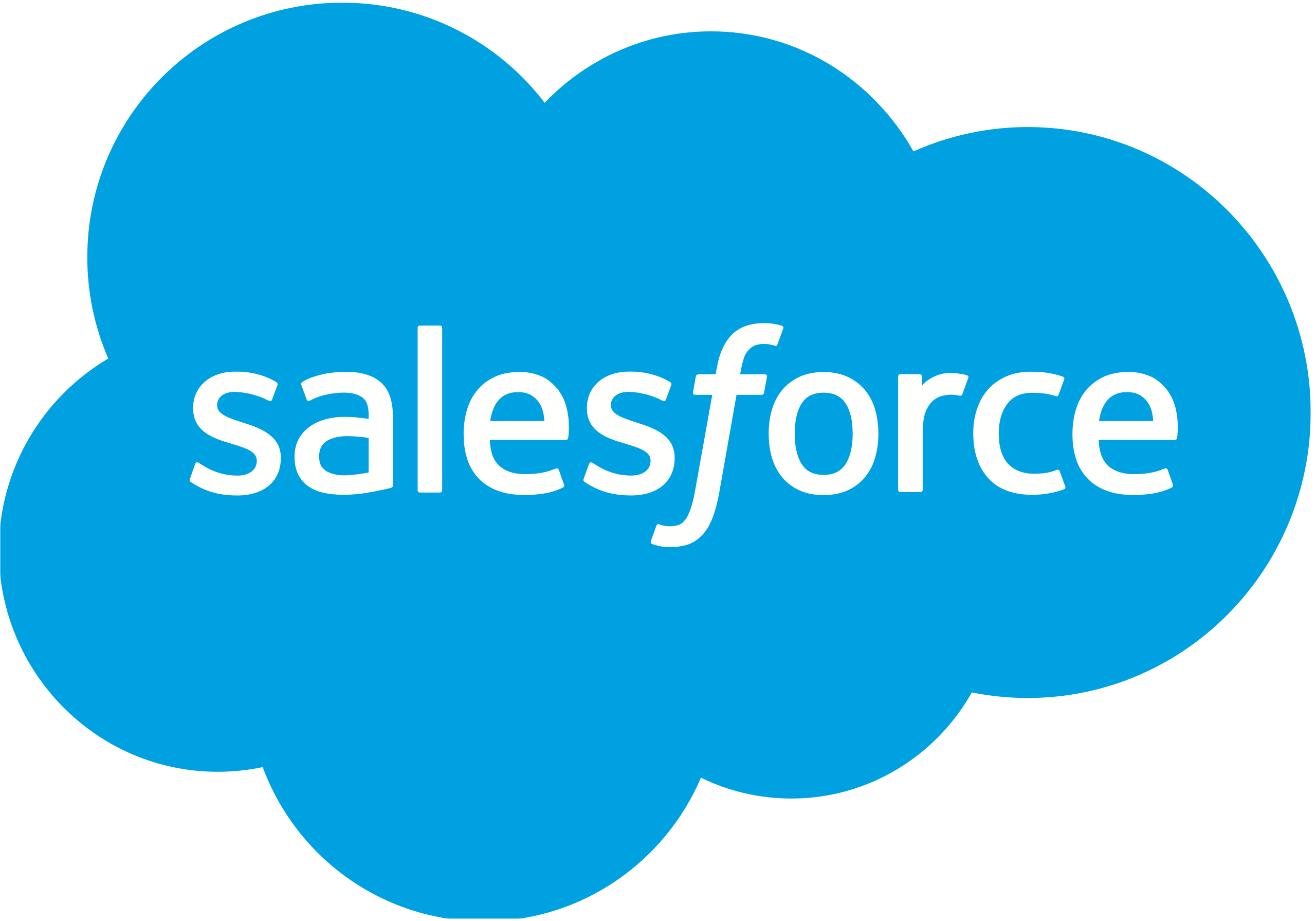Trial-to-Purchase Conversion Rate: Key Metric

Published on: October 01, 2024
In the world of Sales and Marketing Operations, understanding the effectiveness of your product trials is crucial for optimizing revenue generation. One key metric that provides valuable insights into this process is the Trial-to-Purchase Conversion Rate. 📊
The Trial-to-Purchase Conversion Rate measures the percentage of users who transition from a trial or freemium version of a product to becoming paying customers. This metric is essential for assessing the effectiveness of your product, pricing strategy, and overall customer experience during the trial period.
Why is Trial-to-Purchase Conversion Rate Important?
Understanding your Trial-to-Purchase Conversion Rate is crucial for several reasons:
- Revenue Forecasting: It helps predict future revenue based on trial sign-ups.
- Product-Market Fit: A high conversion rate indicates that your product meets customer needs.
- Marketing Effectiveness: It reflects the quality of leads generated by marketing efforts.
- Sales Efficiency: Helps optimize sales resources by focusing on high-potential trials.
Calculating Trial-to-Purchase Conversion Rate
The formula for calculating Trial-to-Purchase Conversion Rate is straightforward:
$\text{Trial-to-Purchase Conversion Rate} = \frac{\text{Number of Trial Users Who Purchased}}{\text{Total Number of Trial Users}} \times 100\%$
For example, if 100 users started a trial and 20 of them became paying customers, the Trial-to-Purchase Conversion Rate would be 20%.
Factors Affecting Trial-to-Purchase Conversion Rate
Several factors can influence your Trial-to-Purchase Conversion Rate:
- Trial Duration: Finding the optimal trial length for your product.
- Onboarding Experience: Ensuring users quickly understand and derive value from your product.
- Feature Limitations: Balancing between showcasing value and incentivizing purchase.
- Pricing Strategy: Aligning your pricing with perceived value and market expectations.
- Customer Support: Providing excellent support during the trial period.
Improving Your Trial-to-Purchase Conversion Rate
To boost your conversion rate, consider implementing these strategies:
- 🚀 Optimize your onboarding process to help users quickly realize value.
- 📞 Implement targeted follow-ups and personalized communication during the trial.
- 🎯 Use in-app messaging to guide users towards key features and benefits.
- 💡 Offer limited-time promotions or discounts to create urgency.
- 📊 Continuously gather and analyze user feedback to improve the trial experience.
Benchmarking Your Trial-to-Purchase Conversion Rate
While conversion rates can vary widely depending on your industry, product, and target market, here's a general guideline:
| Conversion Rate | Performance Level |
|---|---|
| 0-5% | Poor |
| 5-10% | Average |
| 10-20% | Good |
| 20%+ | Excellent |
Remember, these are general benchmarks, and your specific circumstances may differ. It's essential to track your own performance over time and strive for continuous improvement.
Common Challenges in Improving Trial-to-Purchase Conversion Rate
While working to improve your conversion rate, you may encounter several challenges:
- Balancing Feature Access: Providing enough value to showcase your product without giving everything away.
- Addressing User Inertia: Overcoming the tendency of users to stick with free versions.
- Managing Expectations: Ensuring the full version meets or exceeds expectations set during the trial.
- Timing Follow-ups: Finding the right balance between helpful communication and pushy sales tactics.
By understanding these challenges and developing strategies to address them, you can work towards improving your Trial-to-Purchase Conversion Rate and ultimately drive more revenue for your business.
Implementing Trial-to-Purchase Conversion Rate in Your Stack
As you consider implementing or improving your focus on Trial-to-Purchase Conversion Rate, ask yourself these questions:
- How are we currently tracking and measuring our Trial-to-Purchase Conversion Rate?
- What tools or integrations do we need to accurately capture this metric?
- How can we segment our trial users to identify patterns in conversion behavior?
- What experiments can we run to test different strategies for improving our conversion rate?
- How can we align our sales and marketing teams around this metric to drive improvement?
By addressing these questions, you'll be well on your way to leveraging the Trial-to-Purchase Conversion Rate to drive growth and optimize your revenue operations.

















